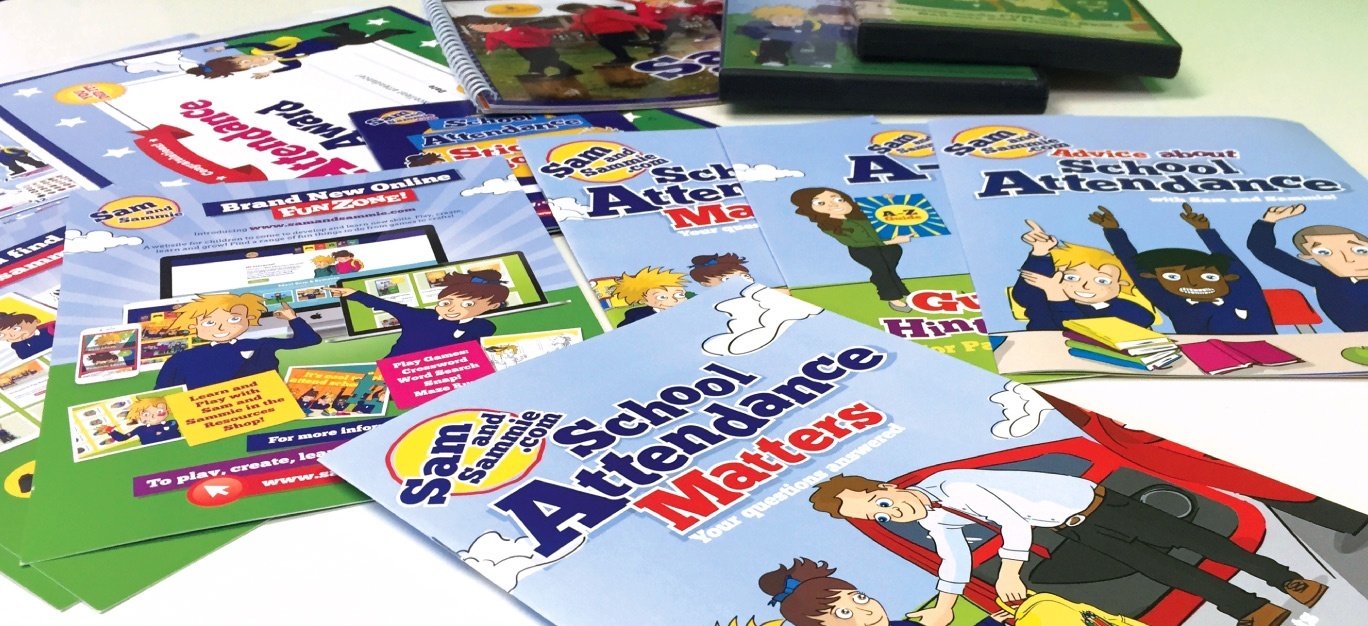It is not only the B2C landscape that is changing when it comes to purchasing behaviour. Statistics show that those making purchasing decisions on behalf of companies are also moving in new directions. At INBOUND 17, Jamie Shanks, CEO at Sales for Life spoke about how you can use new sales methods to build better connections and win high-value deals. We thought we would share some of the highlights from this talk.
Before we dive in, it might be a good idea to have a basic understanding of some of the methods Jamie recommends you try.
What is account based selling
Account based selling means treating every account like a market of one. You are not just targeting a single contact within the company, but your whole team is dedicated to targeting multiple stakeholders at the prospective company.
This is a cross-channel and cross-departmental approach. Everyone from sales to marketing, customer success, product, finance and the C-suite should be involved at some level.
What is social selling
Social selling is when social media is used to interact directly with prospects. You can provide value by answering prospect questions and offering thoughtful content until the prospect is potentially ready to buy.
How do you identify what accounts to go for?
Account-based marketing might seem more time consuming, but if your company wants to focus more on the bigger accounts and clients it can actually turn out to be a time saver. By picking which companies you will give your full attention, you are not spreading yourself thin. You are able to provide more targeted and customised content, as well as providing informed feedback and advice.
So how do you know who to go for? Start by describing your ideal customer: What industry do they operate in; what size is this company; and what markets are they targeting. When you have this description clearly defined you can use tools like Vainu.io to create lists of companies that match this description.
How do you reach out?
There is more than one way to go about social selling. When you have identified what types of companies you want to go for, or even specific companies to contact, it is time to turn to LinkedIn.
Find the relevant company and take a look at who works there. Anyone you know? Or are any of the team members a second-degree contact so you can ask someone in your network for an introduction?
Social selling is really just networking moved online. You meet someone through a specific context and either you will be introduced by someone, or you introduce yourself.
Jamie also gave away one of his own secrets to success: keep an eye on where people go next. He regularly checks in with people who previously worked in companies he has worked with, but have moved on to other jobs.
These are potentially great internal ambassadors for your services. They know you, they know what you can do, and they have seen the results you can deliver.
When reaching out you should always have a reason. What is it that you can help them with? Have you noticed something about their company where you can offer some insight? Can you provide information that might give them an edge in their new position? This is why many feel social selling will take too much time.
The personalised and targeted outreach. But put yourself in the recipient’s shoes. What would you appreciate more? An email just saying “I want to sell to your new boss. Can you introduce me to so and so?” or “I saw you started working as head of sales in x company. How exciting! I noticed they are targeting the shipping industry. We wrote a report about trends in this industry earlier this year. Just thought I would shoot you the link to it here.”
How can you do social and account based selling more efficiently?
So what can you do to fit these new selling methods into your busy day?
1. Get to know the industry you are selling to
The advantage of being more targeted in your approach is that you can build knowledge about specific industries and in this way offer better advice to those you are approaching. Find research reports, whitepapers, newsletters and even seminars about the industry that you can attend to learn more.
2. Develop a cadence workflow
To be as efficient as possible you should develop a cadence workflow for how you will interact with people along the journey.
Start with establishing the main touch-points. How many are there and what happens at each of them? When you interact with someone, have clearly mapped out routes to move dependent on what they say or do.
To visualise the whole journey can be really helpful, as well as ensuring that you have helpful information and content at hand when you talk to these people. There is nothing slowing you down more than trying to reach out to someone you find really relevant, then realising you have to write a blog post, or even a report, in order to be able to offer something of value.
At each touch-point identify what content needs to be ready. Do you have relevant blog posts, reports, email templates or even an intelligence brief template on hand? An intelligence brief template can be a one-pager showing some of the key data for the company you want to reach out to.
As a marketing company, we could offer an intelligence brief showing how relevant their keywords are to their target market, how engaging they are on social media and if they have the right content offers available on their website. This is something that is fairly quick to put together once you have a template, but that could offer real value to those you are reaching out to.
3. Connect with video
One of the last key takeaways from Shanks talk was the use of video when contacting people. He points out that seeing your face can mean a lot in a world of emails and messages.
If you have taken a look at someone’s website for example, and you have a few tips, you can quickly turn this into a video greeting. Just start by filming yourself saying hello, then move on to recording your screen where you show the prospect exactly what you are talking about.
Rather than just receiving an email with text, they can see you and exactly what you are talking about.
If you are keen to start looking into social and account based selling, we recommend you scroll up and start by re-reading the section about who do you reach out to in order to get the best start possible.




